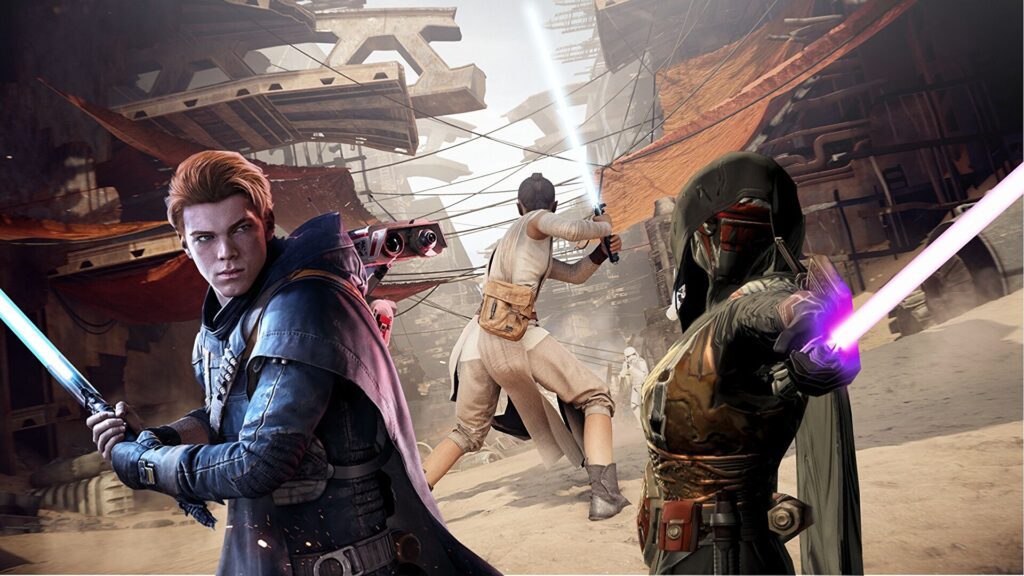Creating the graphics in video games requires a range of skills, tools, and technologies. The process begins with concept art, which maps out the overall look and feel of the game. 3D modeling is then used to create digital wireframes of each object, which are then filled in with textures and shading. Animators use specialized software to bring the models to life with movement and interactions, and final touches like integrating the graphics with the game’s code and adding special effects are added. Attention to detail and a dedication to quality are essential for creating the stunning visuals that modern video games are known for.
What Goes into Creating the Graphics of Your Favorite Video Games?
Video games have come a long way since the simple 8-bit graphics of old. These days, the graphics in your favorite games are often incredibly detailed and realistic, bringing game worlds to life in a way that was once unimaginable.
But have you ever thought about what goes into creating those graphics? It’s a complex process that involves a wide range of skills and technologies. In this article, we’ll take a closer look at the steps involved in creating the graphics for video games.
Concept Art
Before any graphics can be created, there needs to be a clear idea of what the game will look like. Concept artists are responsible for creating sketches and drawings that map out the overall look and feel of the game. These initial designs will help set the tone for everything that comes next.
Concept art can take many forms, from rough sketches on paper to detailed digital illustrations. The level of detail will depend on the needs of the game and the preferences of the development team.
3D Modeling
Once the concept art is finalized, the next step is to create 3D models of the game’s characters, environments, and other assets. This is often done using specialized software such as Maya or 3ds Max.
The 3D modeling process involves creating a digital wireframe of each object, which is then filled in with detailed textures and colors. This is where the concept art really comes to life, as the 3D models are designed to match the style and tone of the sketches and drawings created earlier.
Texturing and Shading
Once the models are complete, the next step is to add textures and shading to give them a realistic look. Textures are digital images that are applied to the surface of 3D models to give them the appearance of different materials, such as metal or wood.
Shading is the process of adding lighting effects to the models to create shadows and highlights. This is essential for creating the illusion of depth and dimensionality within the game world.
Animation
Now that the models are complete and textured, the next step is to bring them to life through animation. Animators use specialized software to create movement and interactions between the game’s characters and objects.
This process can be very time-consuming, as each movement must be carefully crafted to look natural and believable. Animations must also be synchronized with the game’s physics engine to ensure that movements and interactions follow the laws of physics and look realistic.
Final Touches
Once all of the individual elements are complete, the final step is to bring everything together and add any final touches. This includes integrating the graphics with the game’s code, optimizing the visuals for different hardware and platforms, and adding special effects such as particle systems and lighting.
At every stage of the process, attention to detail and a dedication to quality are essential for creating the stunning visuals that players expect from modern video games. By working together, artists, designers, and developers can create entire worlds that feel immersive, detailed, and believable.
In Conclusion
Creating the graphics for video games is a complex and demanding process that requires a wide range of skills and technologies. From concept art to animation, each step is essential for bringing the game world to life and drawing players into the game’s story.
While the technology and tools used in game development continue to evolve, the core principles remain the same: a passion for creating engaging and memorable experiences, and a commitment to pushing the boundaries of what’s possible.
